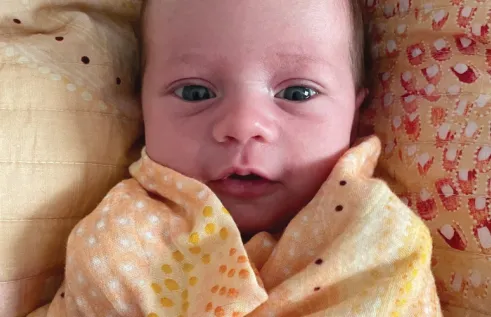Want to find out more? Contact Anneka Bowman at
Overview
The National Roadmap for Birthing on Country Services 2025–2035 sets out a transformative 10-year plan to redesign maternity services in Australia to better serve First Nations mothers and babies. Co-designed by over 245 stakeholders, including First Nations leaders, community organisations, health professionals, and academics, the Roadmap is a response to enduring health inequities and aligns with the National Agreement on Closing the Gap.
The Roadmap is a first-of-its-kind, nation-building reform that responds to decades of calls for culturally safe, community-led maternity services. It presents a clear, evidence-based, and cost-effective path to closing the gap in maternal and infant health outcomes for First Nations families.
Birthing on Country is recognised as a human right and refers to culturally safe, community-led maternity care that privileges First Nations knowledge, connection to Country, and holistic health approaches.
Why Action is Urgent
- The mainstream maternity system is underpinned by a bio-medical model that excludes Indigenous knowledge systems of care. Non-Indigenous women and newborns are provided with advantageous health outcomes.
- First Nations women and babies are more likely to experience preterm, perinatal mortality or maternal mortality. First Nations families experience disproportionate rates of state-sanctioned infant removal.
- Evidence shows that Birthing on Country exemplar models of care significantly improve maternal and infant health outcomes, such as reducing pre-term birth and child removal, increasing antenatal care engagement and breastfeeding, while reducing healthcare costs.
- Fragmented efforts of establishing Birthing on Country Services (BoCS) have shown localised improvements but failed to reach national health targets due to a lack of a systemic approach.
Roadmap Outcomes by 2035
- Reclaim sovereignty, ownership and governance for First Nations people in decision-making about maternity services in every state and territory.
- Map and address policy and systemic barriers to culturally safe care currently preventing national implementation.
- Remove barriers, and establish enabling policies alongside sustainable funding mechanisms to redesign maternity care, strengthen a culturally safe workforce and strengthen First Nation families.
- Increase access to BOCS for First Nation families by the implementation and evaluation of BoCS at scale through national key performance indicators.
- Improved maternal and infant health outcomes, including reduced preterm birth and infant mortality, and support family preservation and protection by eliminating child removal.
Key Recommendations
- Establish a National Taskforce co-chaired by the Department of Health and Aged Care and NACCHO, with equal representation of First Nations and government stakeholders.
- Fund an initial 3-year implementation phase, including support for community engagement, workforce development, and infrastructure.
- Legislate to support the full scope of practice for midwives and culturally appropriate care workers.
- Support workforce growth, particularly increasing the First Nations midwifery workforce from the current ~1% to better reflect the 5% First Nations birth rate.
- Invest in Community Hubs and Birthing Centres, offering midwifery continuity of care and wraparound supports.
Alignment with Government Priorities
The Roadmap delivers on commitments under:
- Closing the Gap: Priority Reforms and Socio-Economic Targets
- National Aboriginal and Torres Strait Islander Health Plan 2021–2031
- Wiyi Yani U Thangani (Women’s Voices)
- Safe and Supported: National Framework for Protection of Australia’s Children
- National Aboriginal and Torres Strait Islander Health Workforce Strategy
Ministerial support is sought to:
• Champion the establishment and funding of the National Taskforce.
• Advocate across portfolios for a coordinated whole-of-government approach.
• Ensure policy, legislative, and budget settings commitment to enable implementation at scale.
